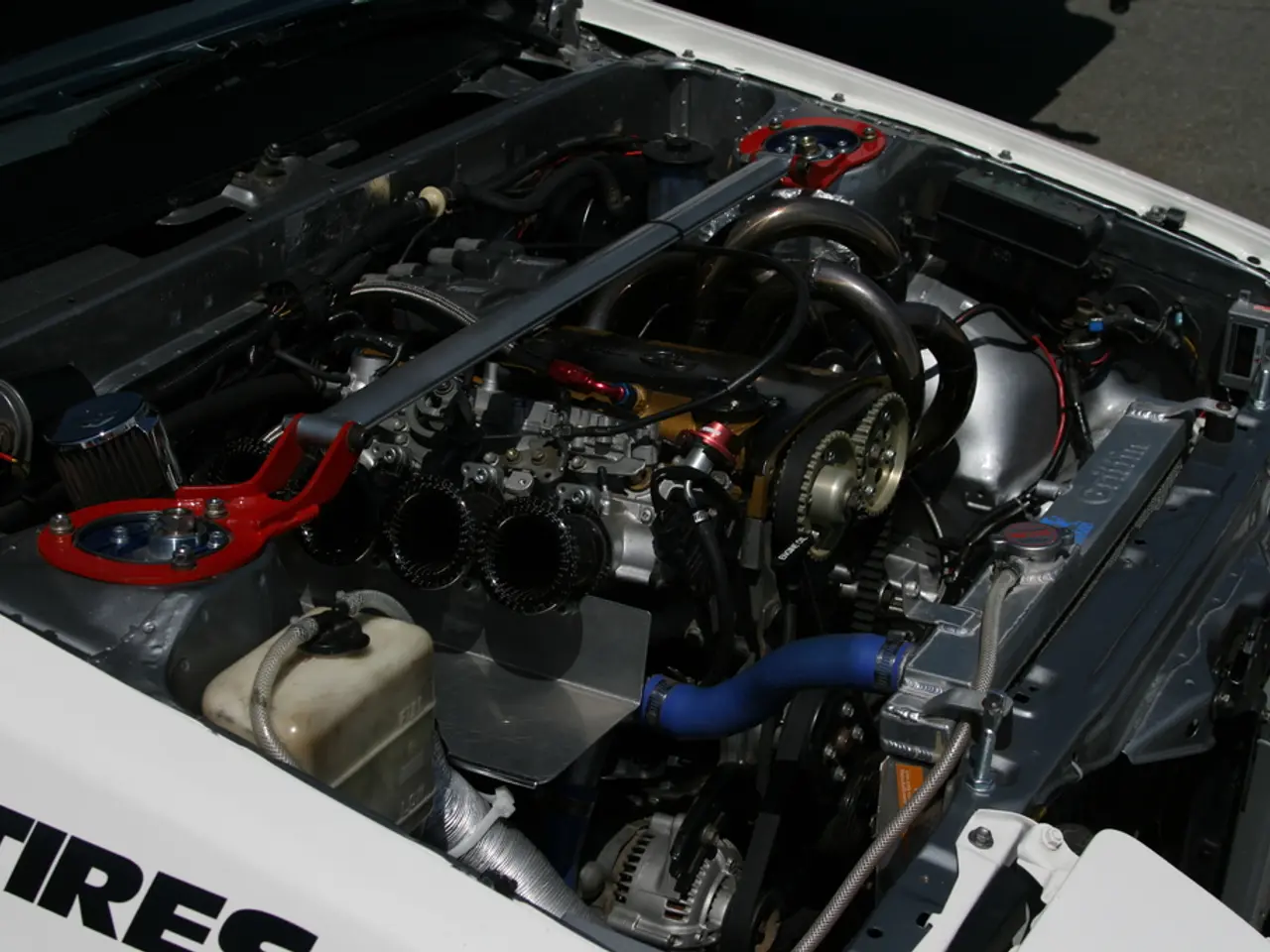The BESSt Company's Zinc-Polyiodide Redox-Flow Batteries Set to Revolutionize Energy Storage
US startup The BESSt Company is making waves with its innovative redox-flow battery using zinc-polyiodide. This space-saving, cost-effective, and eco-friendly solution is set to revolutionize energy storage, particularly for commercial markets and critical infrastructures.
Currently, no major company has announced a commercial version of redox-flow batteries using zinc-polyiodide for mass or private use. However, The BESSt Company is leading the charge in this area. Their batteries are initially targeted at commercial markets, including government agencies and industrial users requiring reliable energy.
The BESSt Company's batteries could fill a gap in the area of small to medium-sized grid storage up to 50 megawatts and offer modular, scalable solutions in the medium term. A team at Forschungszentrum Jülich is also working on new redox-flow batteries with zinc iodide to address the limited availability and high price of vanadium, as well as ecological concerns regarding raw material extraction.
The US Department of Energy aims to reduce the levelized cost of energy storage systems to five cents per kilowatt-hour by 2030. The BESSt Company's zinc iodide systems are on track to reach this threshold. The company plans to establish several production sites to be operated by partner companies. The largest systems are expected to have a rated power of 200 kilowatts to 2.4 megawatts and a storage capacity of 400 to 1600 kilowatt-hours, with a lifespan of 20 to 30 years. The new battery type achieves an energy density up to 20 times higher than conventional redox-flow variants based on vanadium, with 320 watt-hours per liter. Redox-flow batteries have practically unlimited capacity as tanks can be enlarged or supplemented.
The BESSt Company's zinc-polyiodide redox-flow batteries show great promise in revolutionizing energy storage, particularly for commercial markets. With their high energy density, long lifespan, and modular scalability, these batteries could play a significant role in the future of energy storage. The company's progress aligns with the US Department of Energy's cost reduction targets, making this technology an exciting prospect for the coming years.
Read also:
- Chile's $10B Green Energy Project Threatens World-Class Observatory
- Exploring Harry Potter's Lineage: Decoding the Enigma of His Half-Blood Ancestry
- Elon Musk Acquires 26,400 Megawatt Gas Turbines for Powering His AI Project, Overlooks Necessary Permits for Operation!
- Ontario terminates $100M Starlink agreement due to U.S. import taxes








